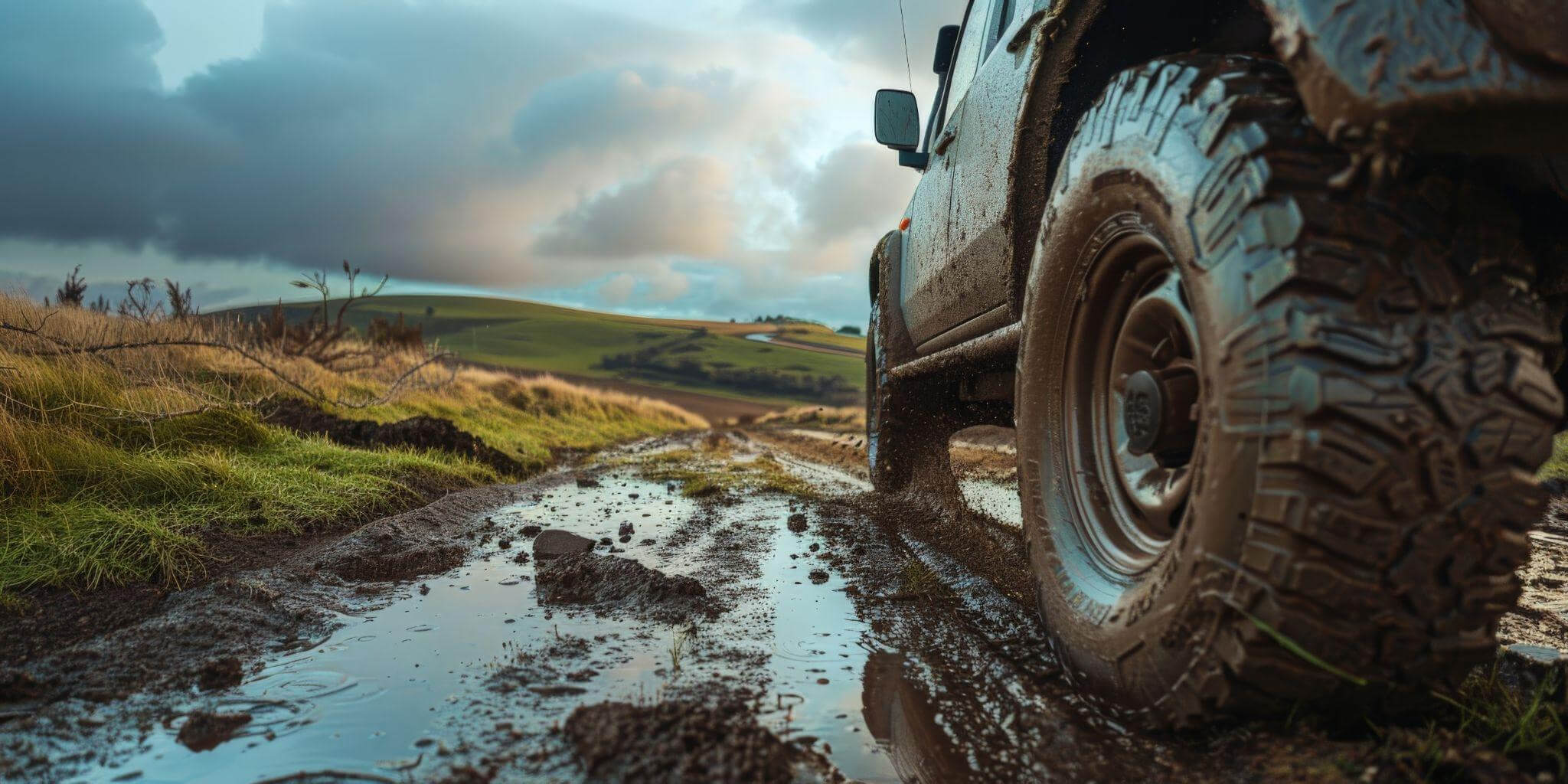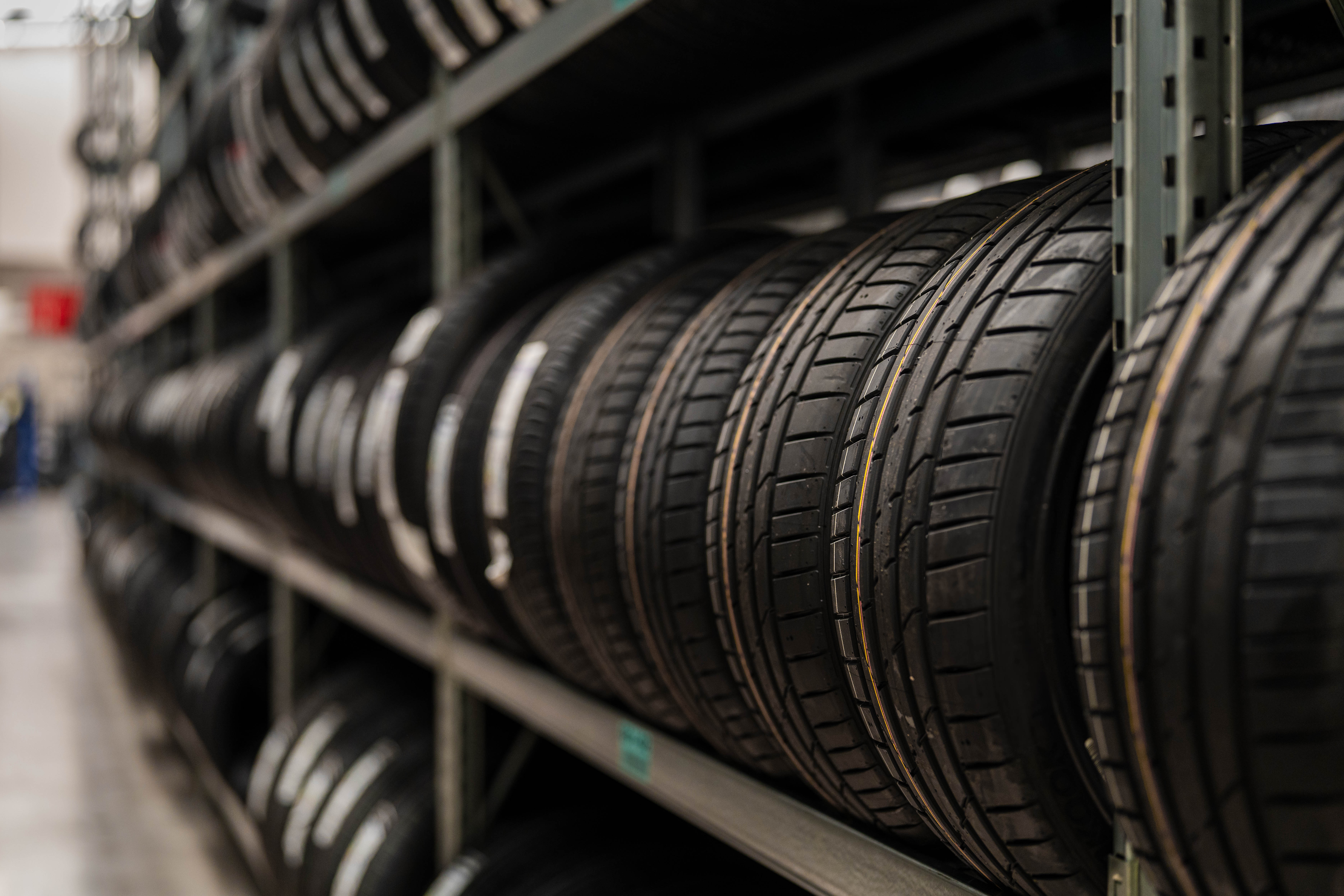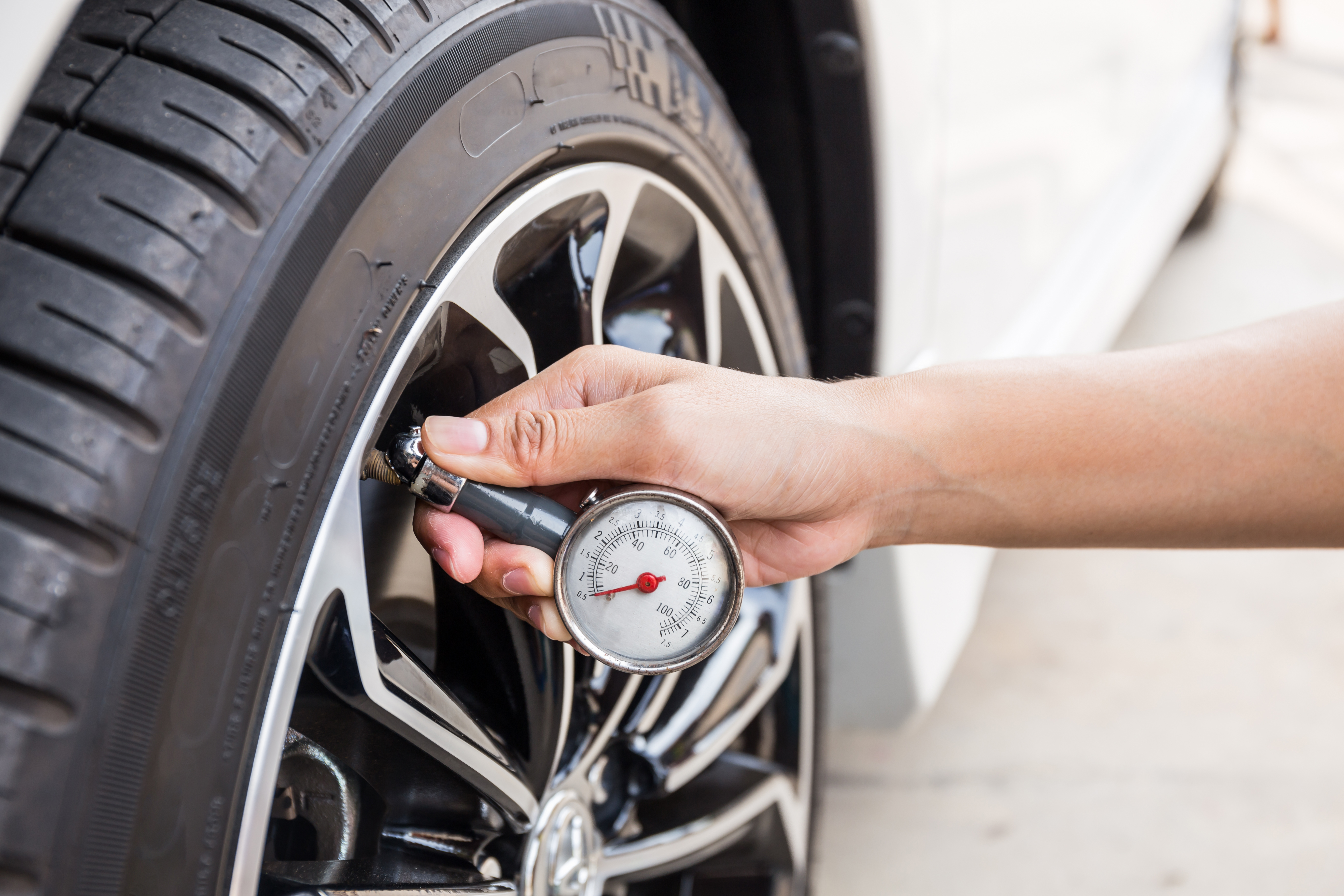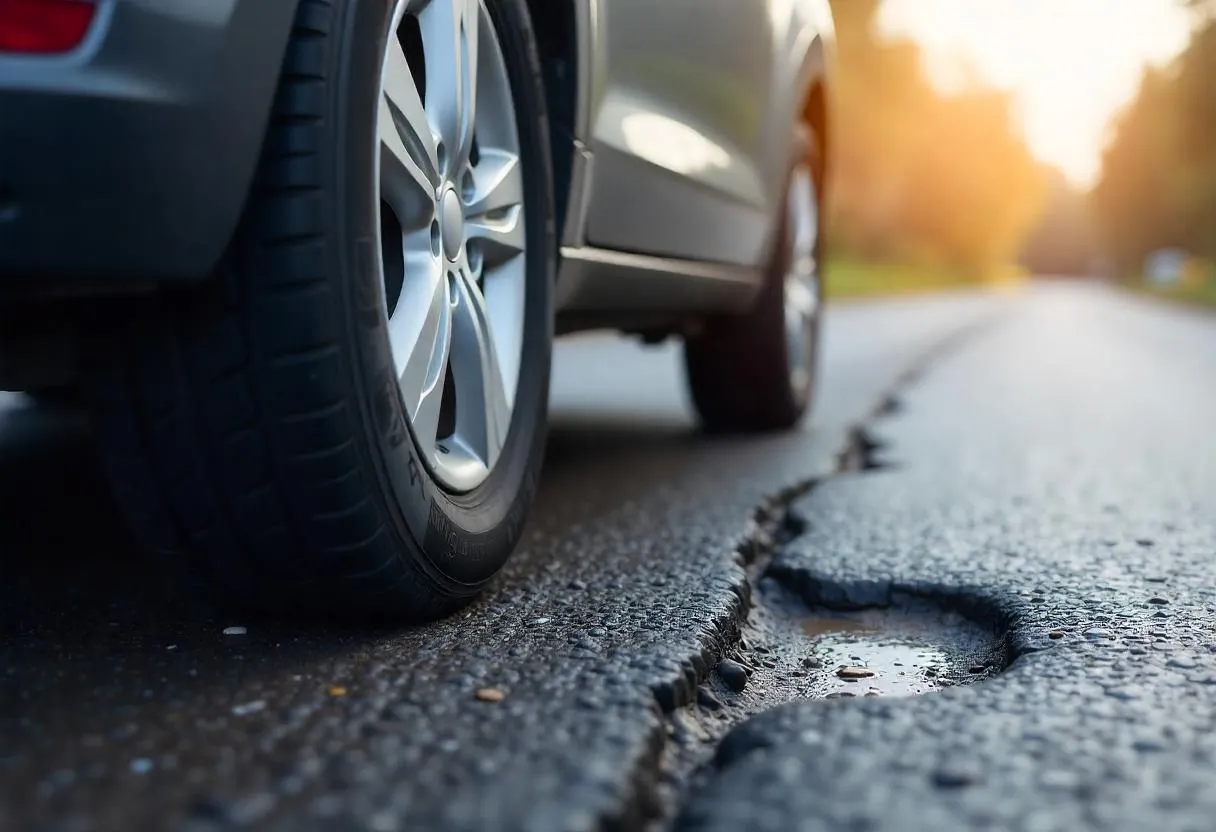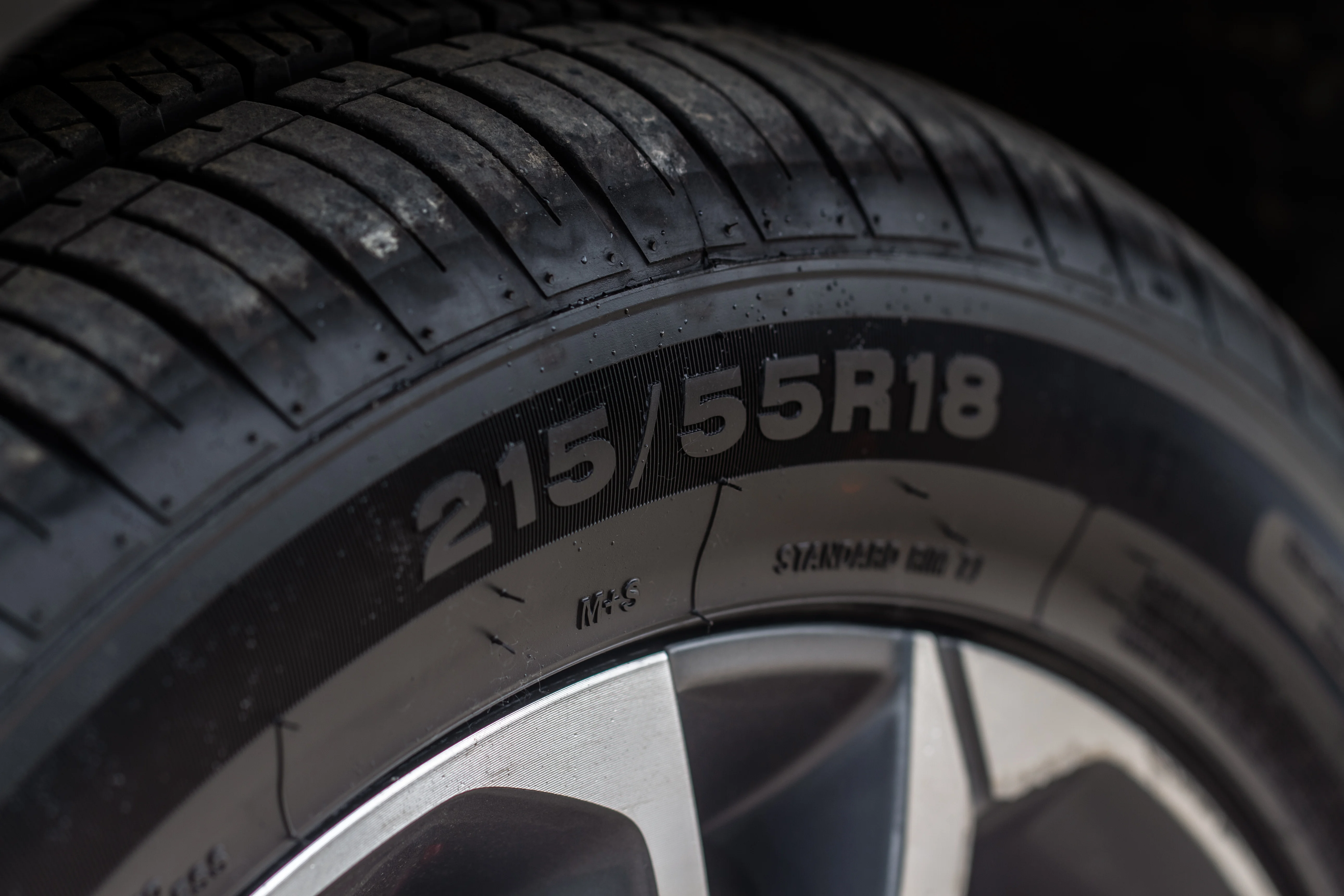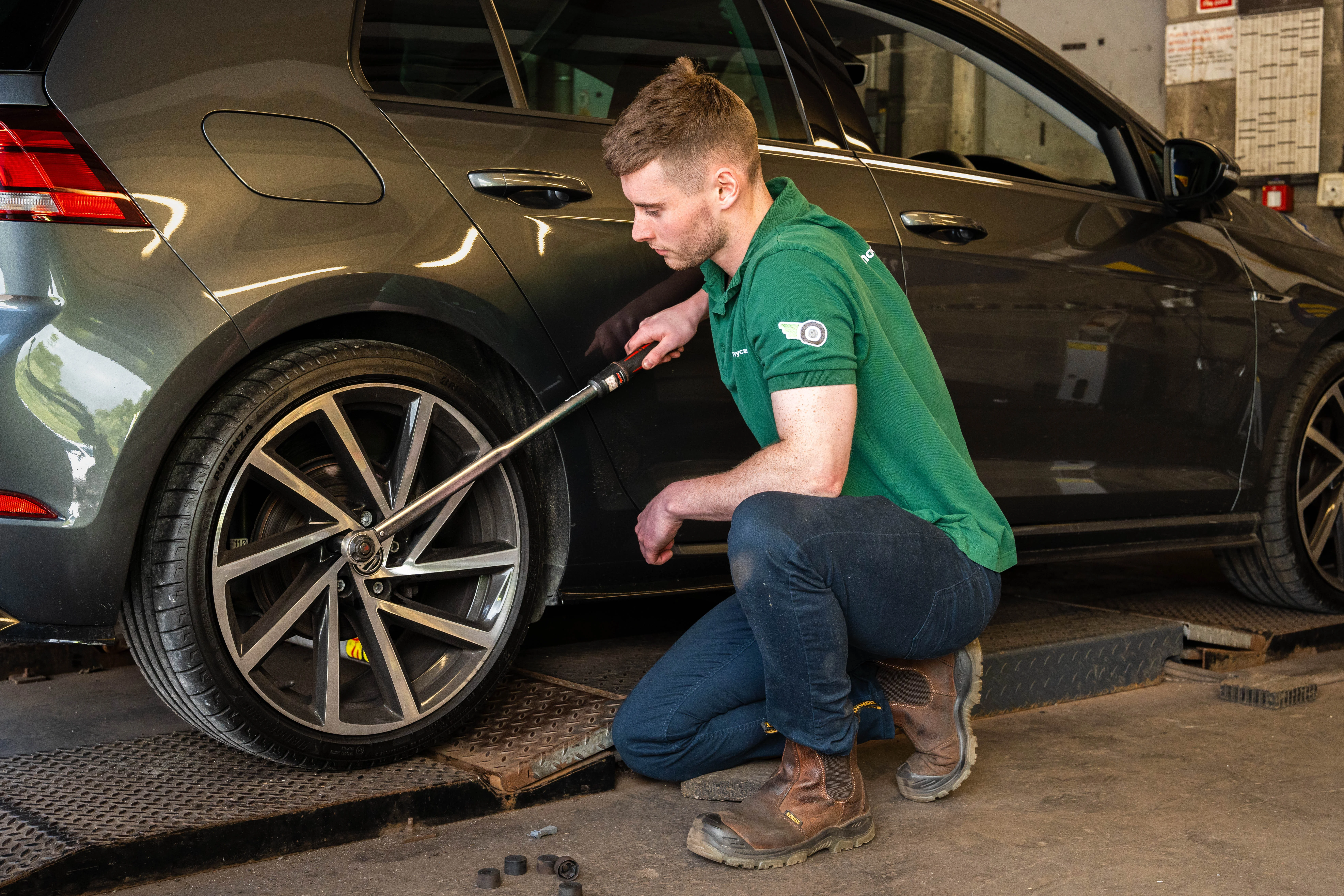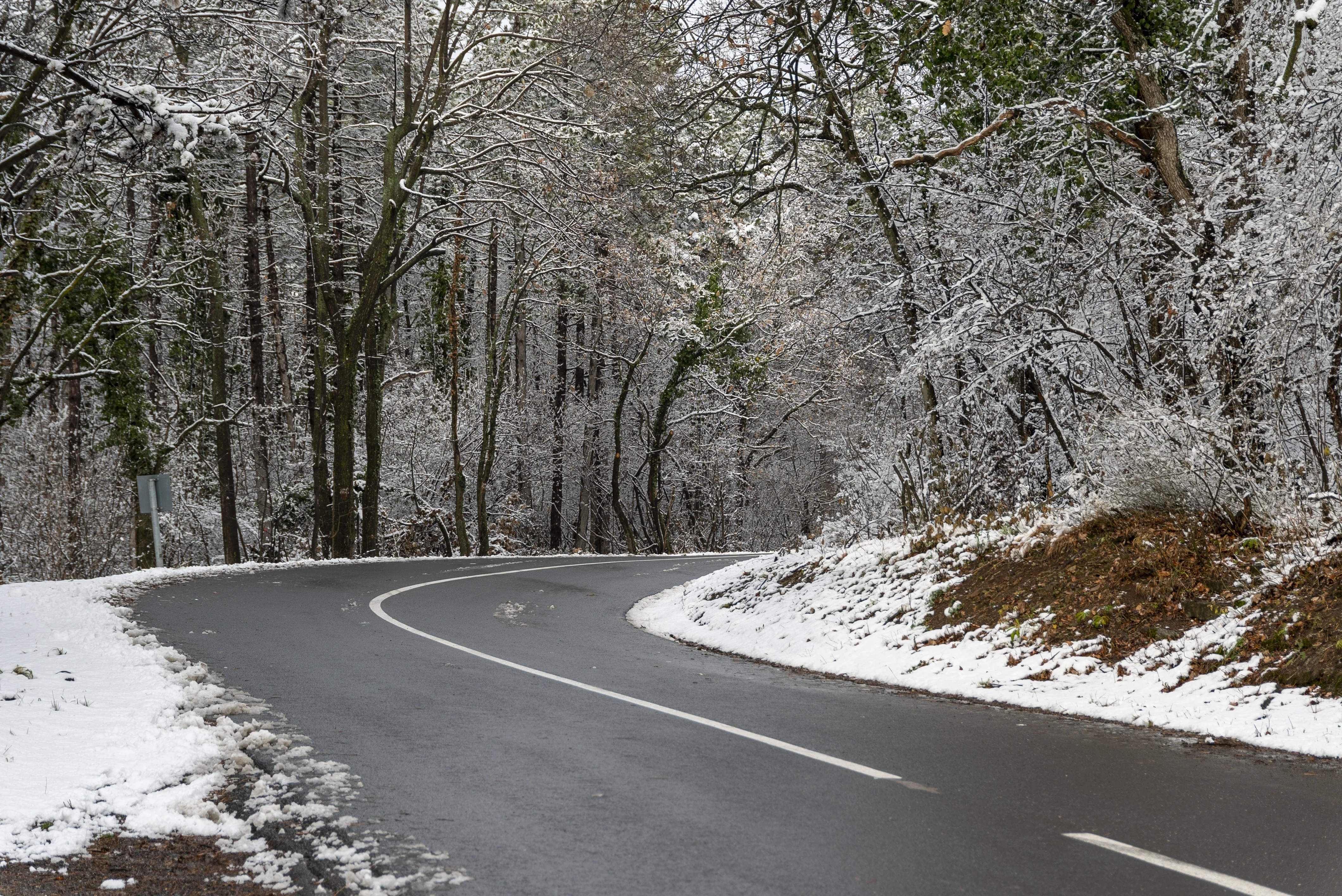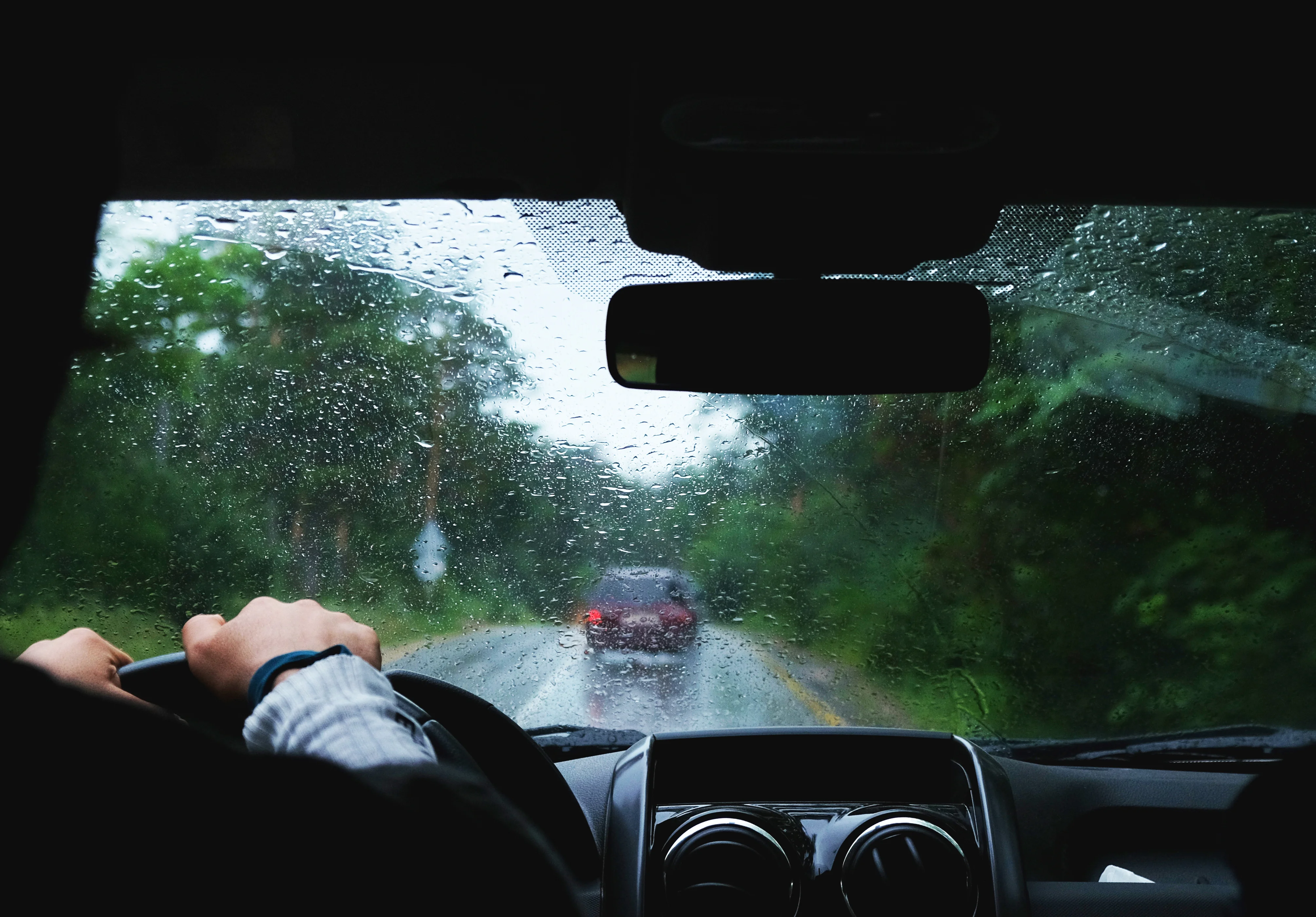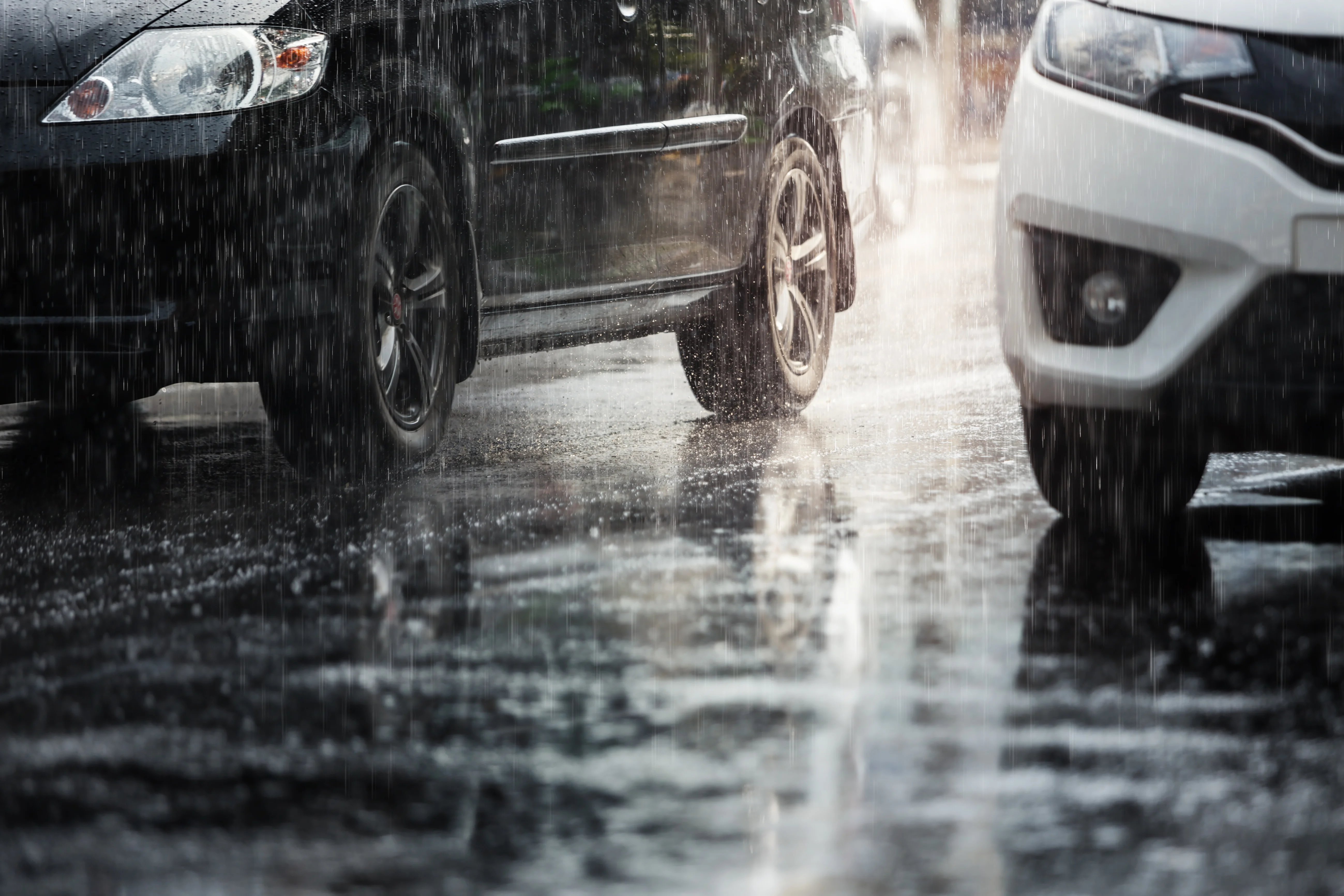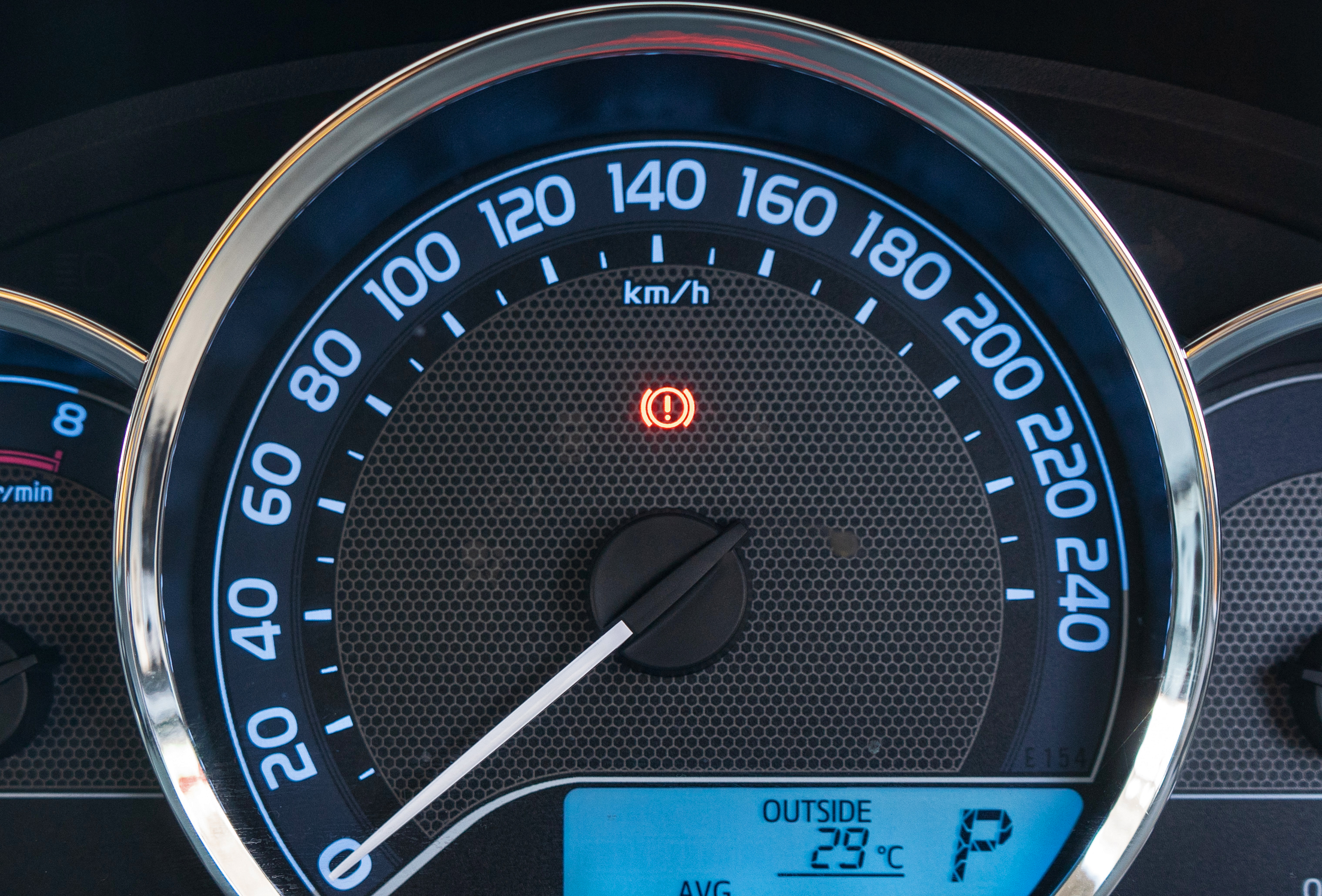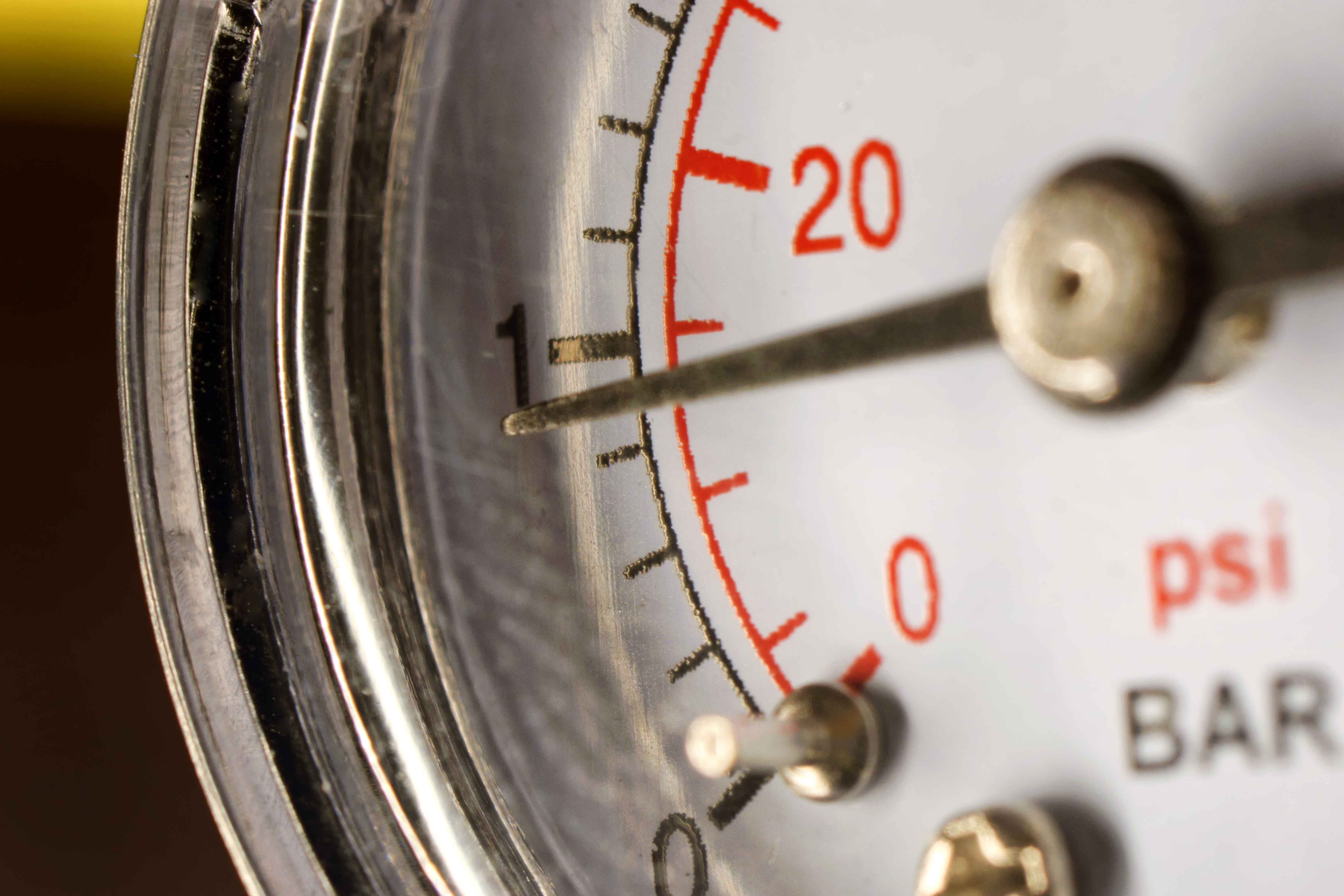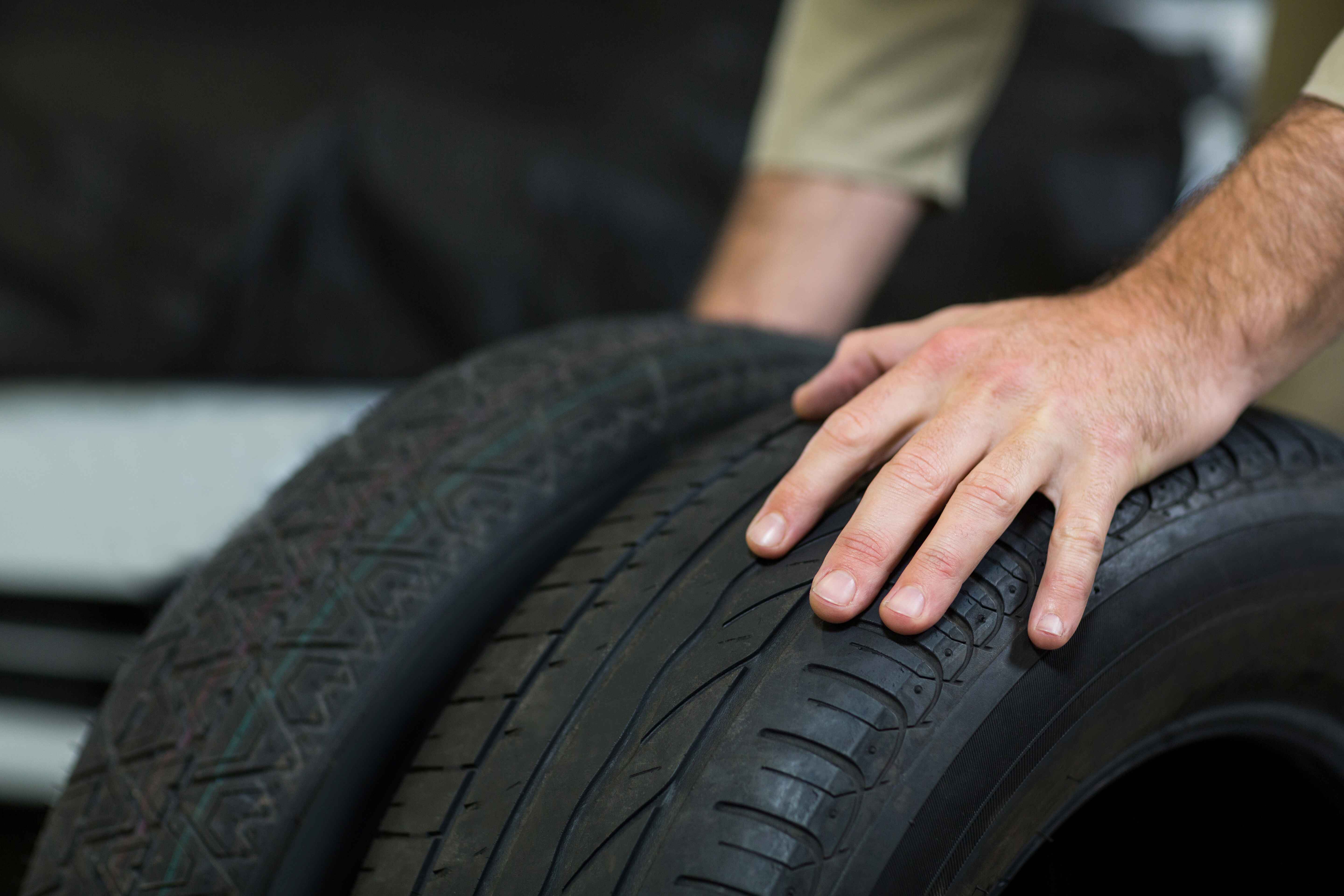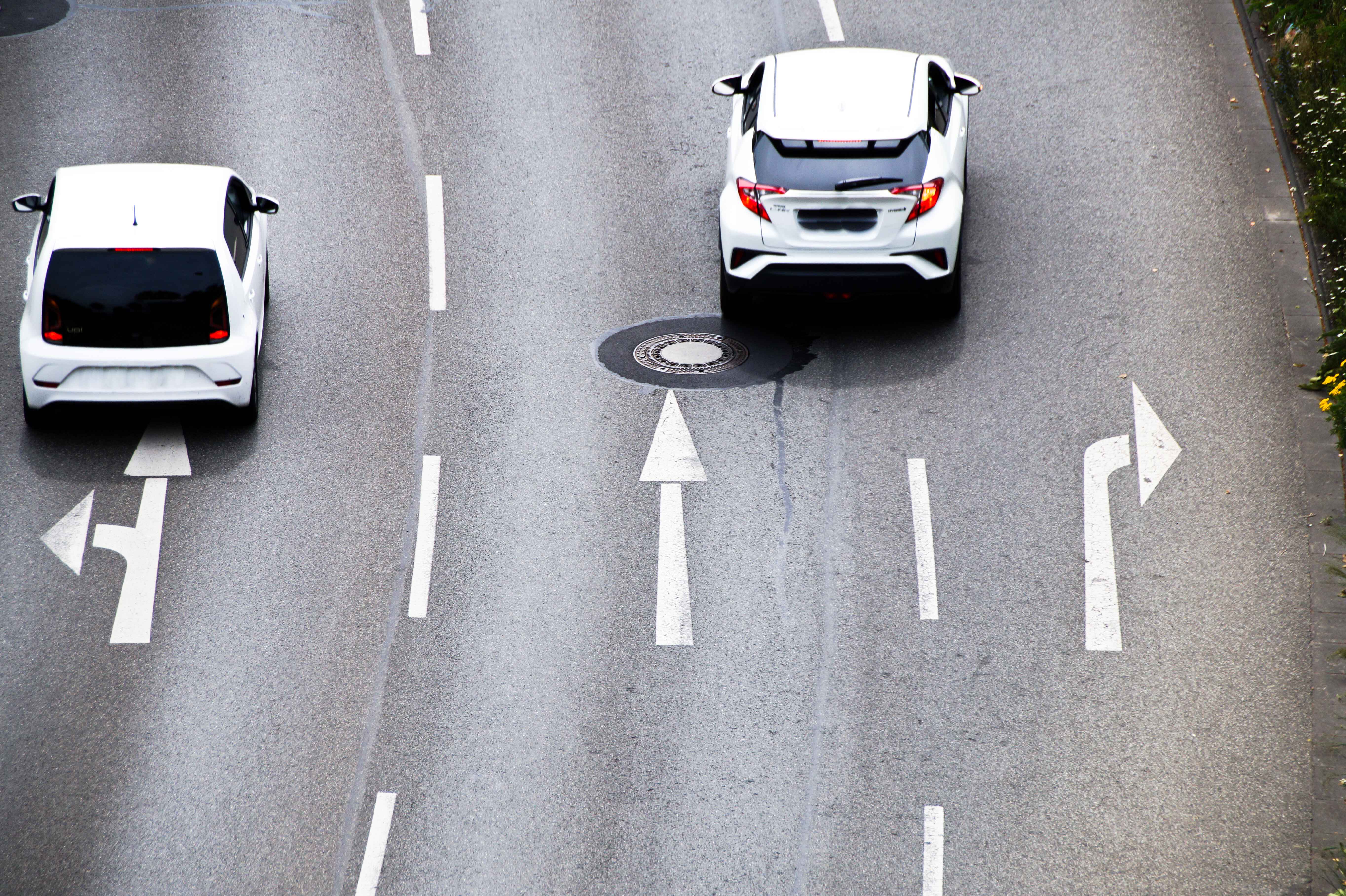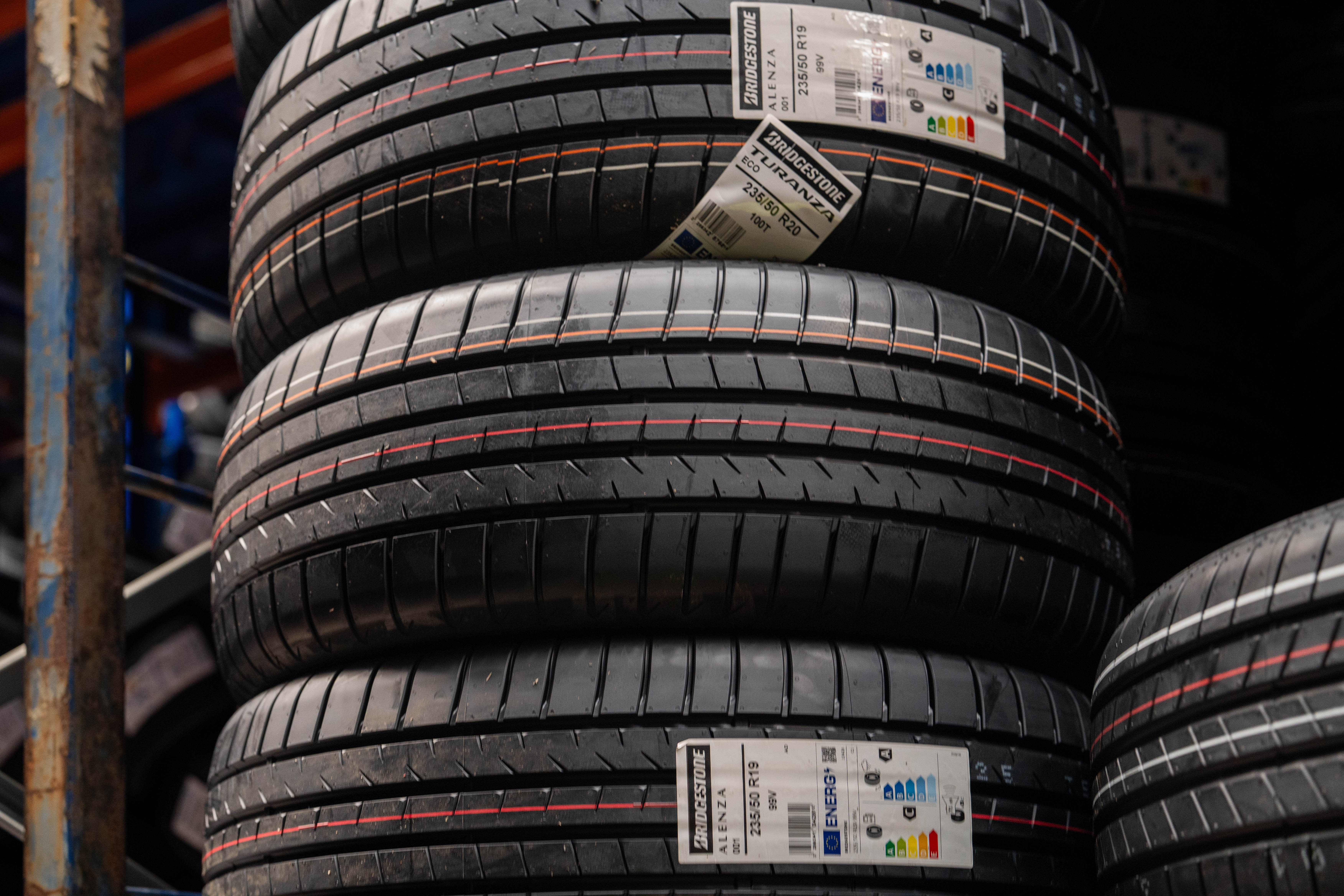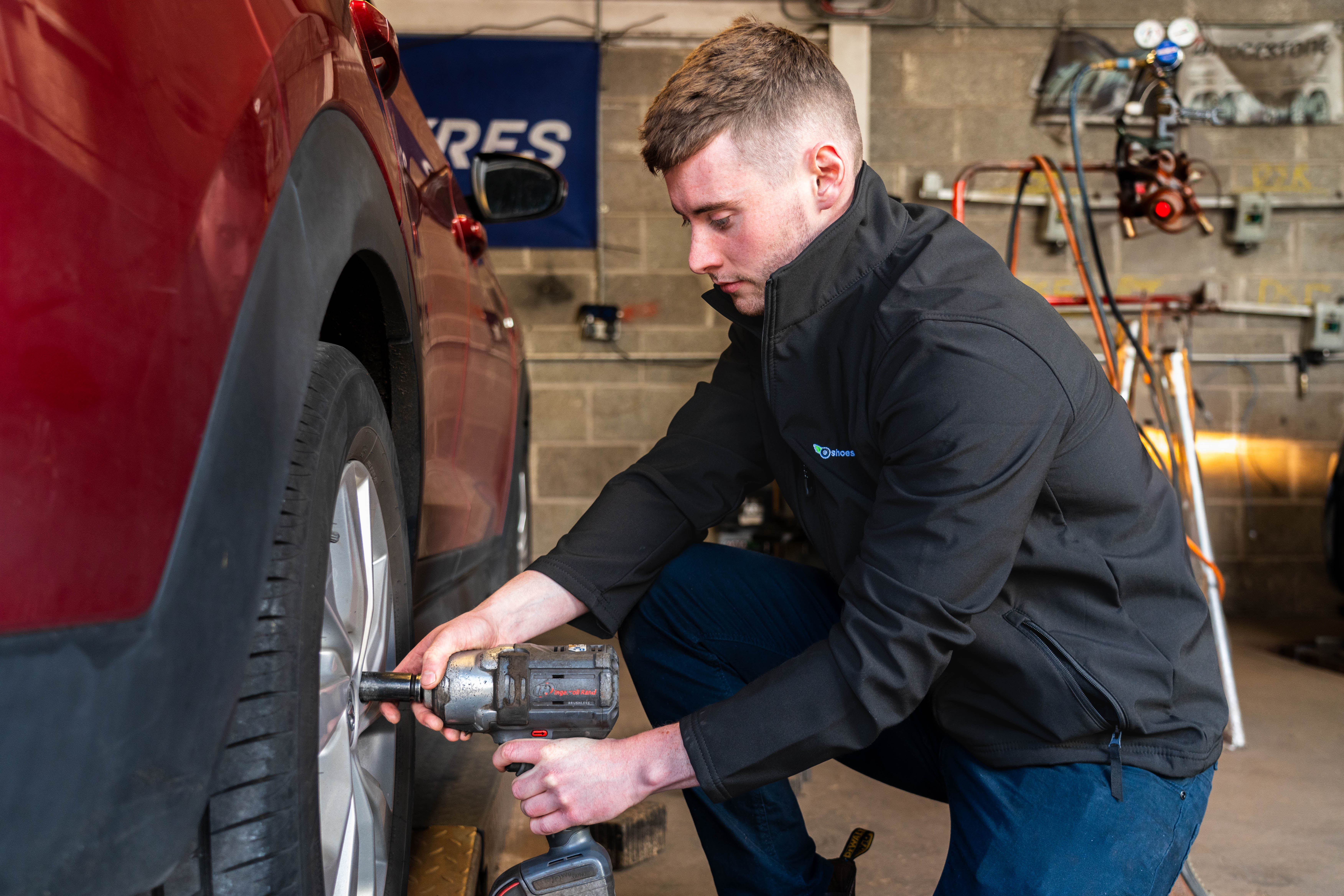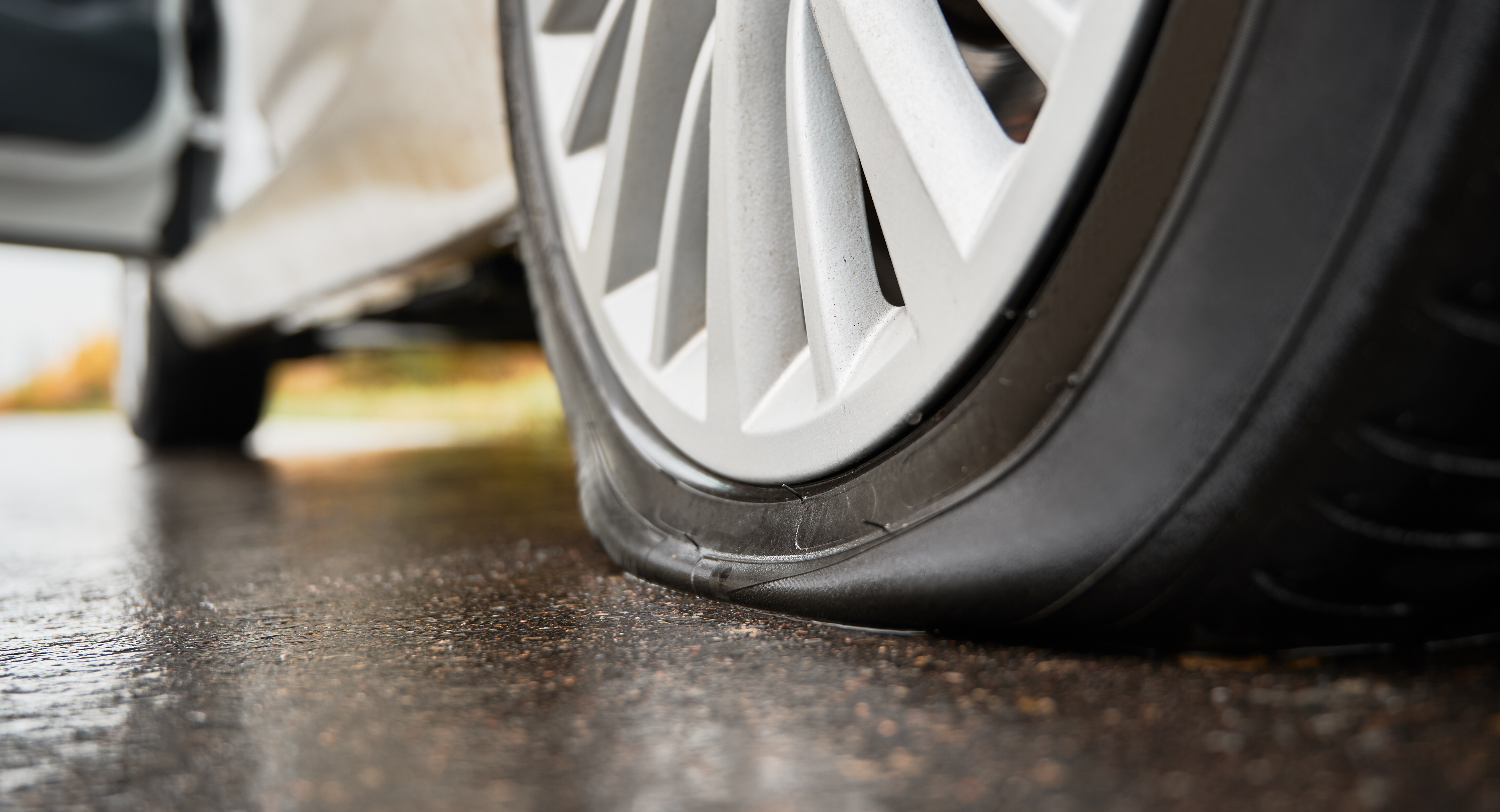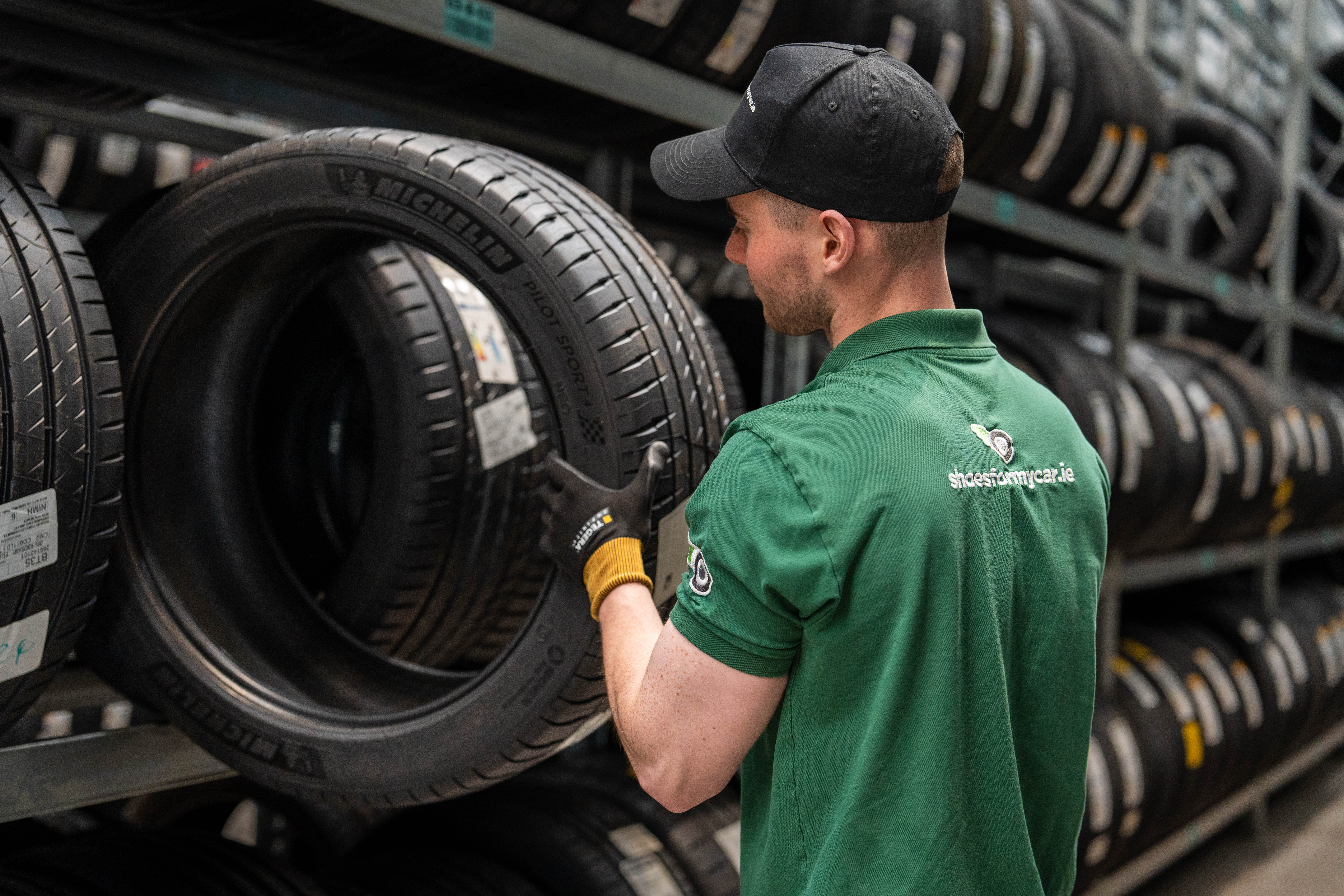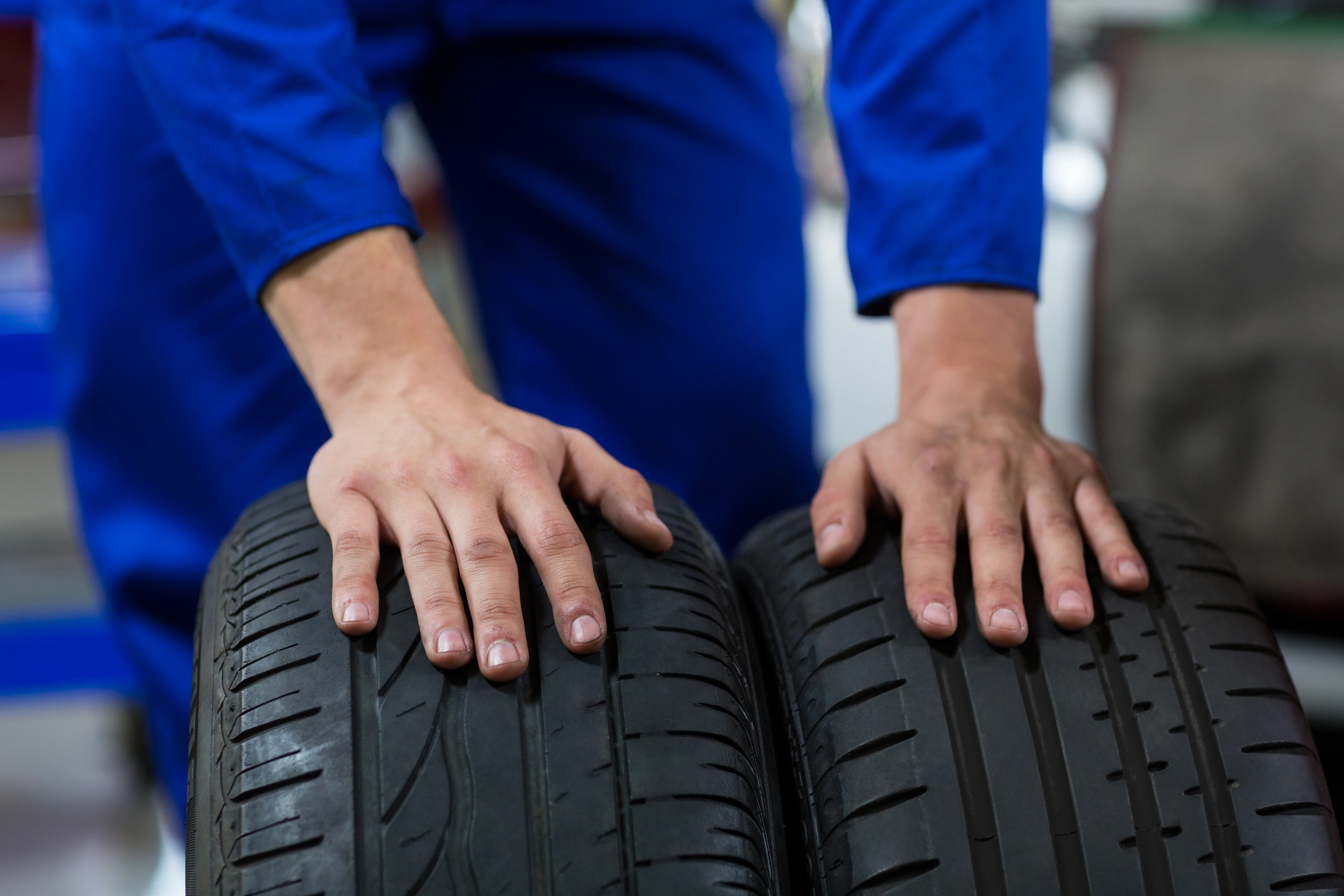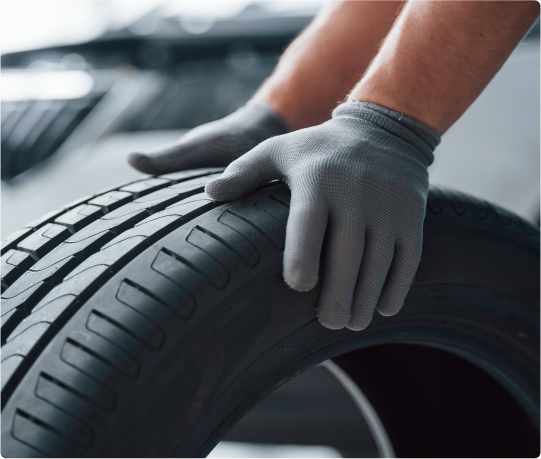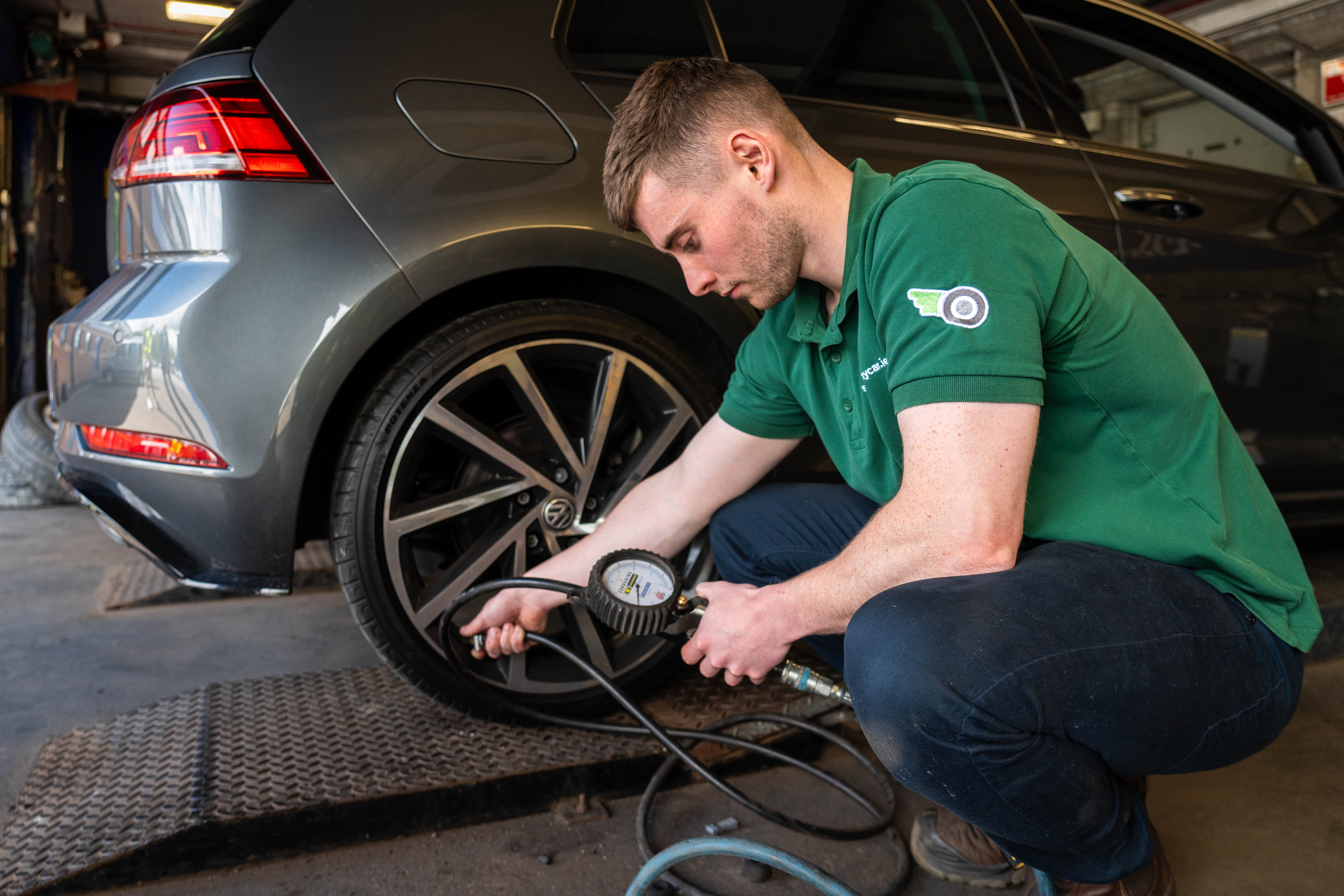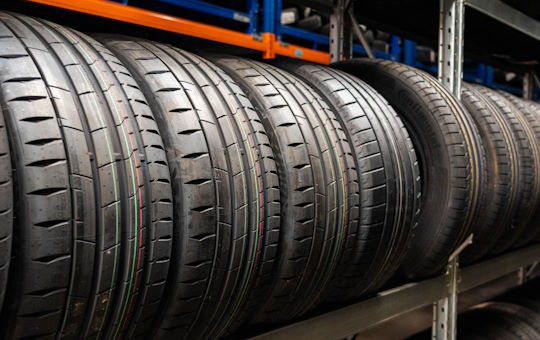Irish weather has a climate of its own. As the song goes, we can have ‘Four Seasons in One Day.' A bright, 18 °C morning can turn into sideways rain by lunchtime and a chilly, 3 °C nightfall.
Our unpredictable weather would keep Alex Dunne or Eddie Irvine on their toes. While most of us just grab a jacket and carry on, our tyres feel every swing in temperature and road condition. Rubber expands, contracts, hardens, softens, grips and slips depending on what the sky is doing.
The good news? You don’t need to become a mechanic—or change to Winter Tyres—to stay safe. With a few quick habits and an understanding of how seasons affect pressure, tread and traction, you can keep your tyres (and your wallet) in great shape. This guide walks you through spring/summer tweaks, autumn pitfalls, and cold‑snap precautions, all tailored for Irish drivers who simply want to get from A to B safely. We’ll also show you how and when to buy new tyres in Ireland without overpaying. Let’s make the year’s weather a non-issue for your wheels.
Spring & Summer: Heat, Showers and Holiday Loads
Heat Makes Pressure Rise
Air expands as it warms—so tyre pressure creeps up in warmer months. An overinflated tyre has a smaller contact patch with the road, which can reduce grip and wear the centre of the tread faster.
Do this: Check pressures weekly, first thing in the morning before you drive. Stick to the PSI on the door-jamb sticker or owner’s manual.
Surprise Showers & Standing Water
As we’ve seen of late, Summer showers are an Irish classic. Wet roads mixed with oil and dust mean longer stopping distances.
Do this: Aim for at least 3 mm of tread depth for confident wet-weather braking. The legal minimum is 1.6 mm, but a little extra tread is cheap insurance.
Holiday Road Trips & Extra Weight
Boot full of luggage heading to France? Bikes on the back as you hit Ballymahon - Extra weight increases heat build-up and stress on tyres.
Do this: If you’re heavily loaded, some manufacturers recommend a slightly higher PSI. After the trip, return to normal pressure to avoid centre tread wear. Check your door sticker or manufacturer's handbook.
Autumn: Leaves, Cold Snaps and Dim Evenings
Leaf Litter = Slippery as Ice
- Leaf Litter Hazards: Dublin city dwellers are well aware of Dart delays due to ‘leaves on the line’ - Wet leaves act like ice—reduce grip drastically. Remove buildup from tread grooves.
- Inspect for Early Cracks: Seasonal temperature swings can harden rubber, leading to tiny fissures. Replace tyres showing visible cracks.
Wet leaves act like Teflon under your tyres and can clog tread grooves.
Do this: After parking on leaf-covered streets, flick away clumps from the tread with a small brush. Leave more space when braking on leaf-strewn roads.
Early Cold Cracks
As temperatures dip, especially overnight, rubber stiffens. Older tyres may show fine hairline cracks on the sidewall (called weather checking).
Do this: During your weekly walk-around, look for tiny spiderweb cracks, bulges or cuts. If you spot them, pop to a tyre shop for advice—early intervention beats a blowout.
Less Daylight, More Debris
Shorter days mean you may miss nails, glass or bits of metal on the road.
Do this: Keep a small torch in the glovebox. A 60‑second post-drive inspection can reveal slow punctures before they strand you.
Winter Without the Hassle: Cold, Frost and Black Ice
Ireland rarely has the deep-freeze conditions that demand dedicated winter tyres, but cold snaps still affect performance and pressure.
Pressure Drops in the Cold
Cold air contracts, lowering tyre pressure—sometimes 1–2 PSI in a single frosty night. Underinflated tyres flex more, heat up faster and wear edges prematurely.
Do this: Check pressure every two weeks in winter or any time there’s a sudden temperature drop. Don’t forget the spare!
Maintain Grip on Frosty Mornings
Rubber hardens slightly in the cold, and damp or icy patches appear when you least expect them.
Do this: Keep tread depth healthy (3 mm+), brake earlier than usual, and accelerate gently. Smooth inputs help tyres maintain traction on slick surfaces.
Salt, Grit and Rubber Care
Road salt and grit can stick to tyres and wheel wells.
Do this: Rinse tyres and arches now and then. If you like, apply a water-based rubber protectant—avoid petroleum-based products that can degrade rubber.
Simple Tools & Habits That Make All the Difference
Your 5-Minute Monthly Routine
- Pressure: Use a digital gauge on cold tyres.
- Tread Depth: A cheap tread gauge or the outer ring of a €1 coin (~3 mm) works.
- Visual Scan: Look for cuts, bulges, uneven wear.
- Valve Caps: Make sure they’re snug to keep dirt and moisture out.
- Listen & Feel: Vibrations, pulling to one side, or rhythmic thumping could signal tyre or alignment issues.
Handy Kit for the Boot
- ✓ Digital pressure gauge
- ✓ 12V mini compressor
- ✓ Tread depth gauge
- ✓ Gloves and a torch
- ✓ A small flathead screwdriver/brush for debris
Irish Roads, Any Weather. Shoes For My Car.
Ireland’s shifting weather can challenge even the best drivers, but it doesn’t have to wear down your tyres or your patience. By keeping an eye on pressure, tread depth and visible wear, you’ll avoid costly replacements and stay safer on the road in every season. Think of tyre care as a small, regular habit that pays off in smoother journeys, better fuel economy and peace of mind - rain, shine or frost.
Need better tyres? Find yours today.
Tyre Safety FAQs for Irish Weather
Do I need winter tyres in Ireland?Not usually. Ireland’s climate is mild compared to continental Europe, so good-quality all-season tyres with proper tread depth (3 mm or more) are generally sufficient for safe year-round driving.
How often should I check tyre pressure in winter?Every two weeks is ideal during colder months. Pressure can drop quickly when temperatures fall, affecting handling and fuel efficiency.
What’s the best tyre pressure for Irish roads?Always follow the PSI listed on your car’s door-jamb sticker or owner’s manual. Don’t guess or use a “standard” pressure—each car is different.
Can I mix different brands or types of tyres?It’s best to avoid it. Mixed tread patterns or compounds can lead to uneven grip and unpredictable handling, especially on wet or cold roads.
How do I know when it’s time to buy new tyres?Replace tyres when tread depth is below 3 mm, or sooner if you see cracks, bulges or uneven wear. If in doubt, ask a reputable Irish tyre fitter for a quick inspection.
Should I adjust pressure before a long holiday trip?Yes, especially if carrying heavy loads. Add a few PSI as recommended in your vehicle handbook, and remember to reset it after the journey.

